Modern minimalism transcends mere aesthetic preference to become a lens through which we experience our surroundings. The thoughtful reduction to essential elements, emphasis on negative space, and harmonious proportions create environments that simultaneously calm and inspire.
For those who appreciate this design philosophy, travel offers opportunities to immerse yourself in spaces where form and function achieve perfect balance. Here is a list of 15 destinations that will satisfy your minimalist sensibilities while providing meaningful travel experiences.
Naoshima Island

This remote Japanese island transforms industrial landscapes into minimalist art sanctuaries through a collection of museums and installations. The Tadao Ando-designed Chichu Art Museum sits partially buried underground, using concrete walls and precise skylights to frame artworks by Claude Monet and James Turrell in natural light.
Elsewhere on the island, geometric concrete structures emerge from hillsides like mathematical equations made physical. The boundary between nature and architecture dissolves as buildings frame ocean views through perfectly proportioned windows, demonstrating minimalism’s power to enhance rather than compete with natural beauty.
National Museum of Qatar
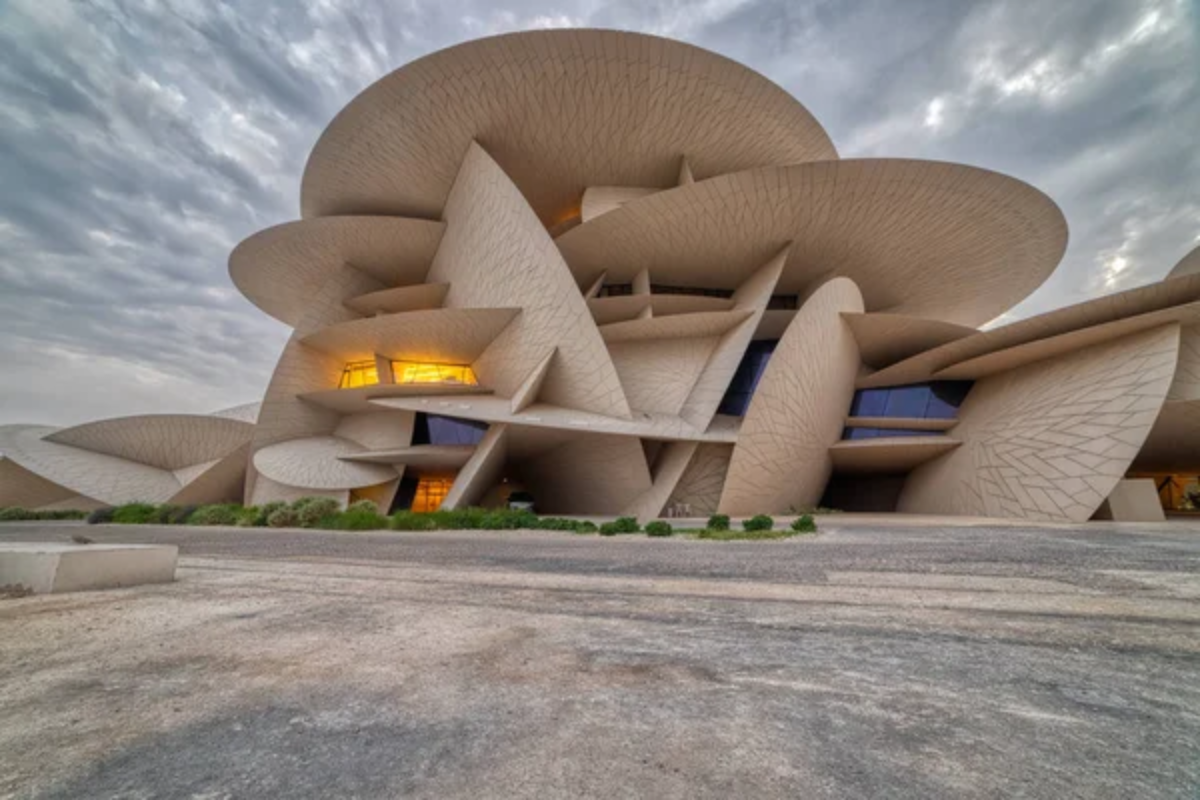
Designed by Jean Nouvel, this architectural marvel resembles interlocking desert rose crystals—a complex exterior that conceals surprisingly minimalist interior spaces. Inside, curved white walls create flowing galleries where artifacts seem to float in carefully controlled lighting.
The museum demonstrates how minimalism can honor cultural complexity through thoughtful curation and restrained presentation. Despite housing thousands of artifacts spanning centuries, the space never feels cluttered or overwhelming.
Visitors consistently report a sense of calm while moving through the building, even during peak hours when hundreds of others share the experience.
Like Travel Pug’s content? Follow us on MSN.
The Blue Lagoon
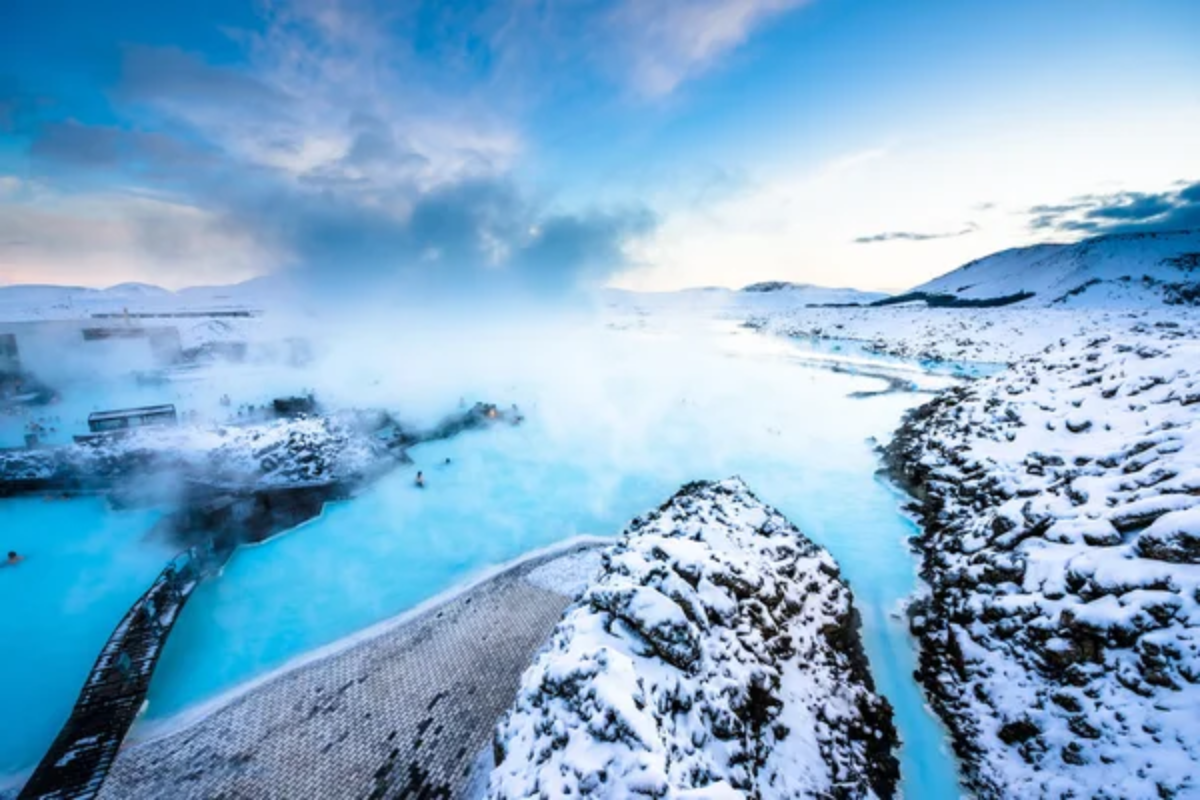
Iceland’s famous geothermal spa embodies minimalist principles through its integration with the stark volcanic landscape. The milky blue waters create a natural centerpiece surrounded by dark lava fields—a dramatic yet simple color palette.
The recently added retreat hotel features clean-lined architecture with materials chosen specifically to weather gracefully over time. Even the changing facilities reflect thoughtful simplicity with clever storage solutions and intuitive navigation elements.
The entire complex demonstrates how nature often creates the most striking minimalist experiences, with human architecture serving merely to frame and provide access to these natural phenomena.
Bauhaus Museum Dessau

Germany’s tribute to the movement that helped birth modern minimalism houses original artifacts from the influential design school inappropriately restrained surroundings. The building itself embodies Bauhaus principles through its honest expression of materials and rejection of ornament. Inside, galleries maintain visual calm despite displaying hundreds of objects by controlling sight lines and carefully considering negative space around each piece.
The museum offers a pilgrimage-like experience for design enthusiasts seeking minimalism’s historical roots, connecting contemporary aesthetic preferences to their intellectual foundations in early 20th-century German design theory.
Casa Wabi
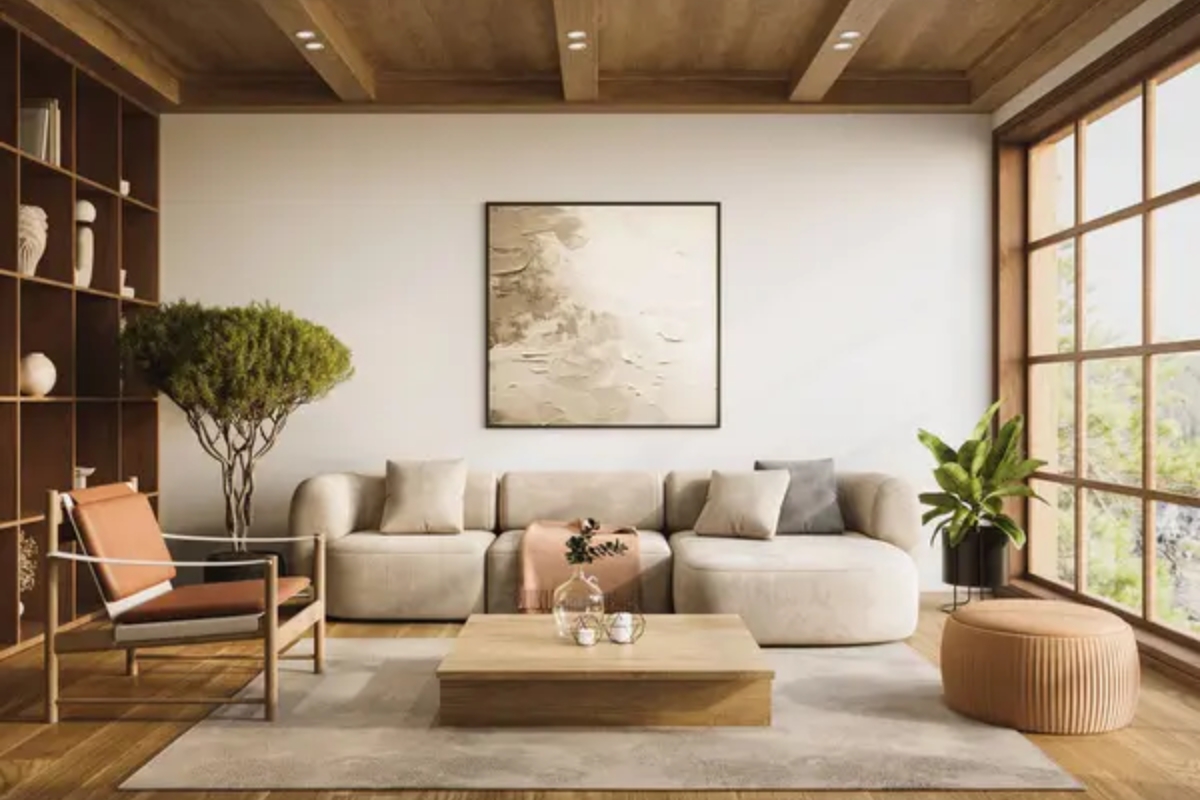
Mexican architect Tadao Ando created this artist retreat on Oaxaca’s coastline as a concrete meditation on minimalist principles adapted to a tropical setting. A 350-foot concrete wall serves as the property’s spine, creating a striking linear element against the organic landscape.
Artists’ studios feature bare concrete walls with strategic openings that frame ocean views and capture sea breezes without mechanical cooling systems. The complex achieves minimalism’s highest goal—eliminating everything unnecessary while enhancing functionality through restraint.
Visitors consistently describe feeling mentally decluttered after spending time in spaces where every element serves a clear purpose.
Like Travel Pug’s content? Follow us on MSN.
Joshua Tree National Park
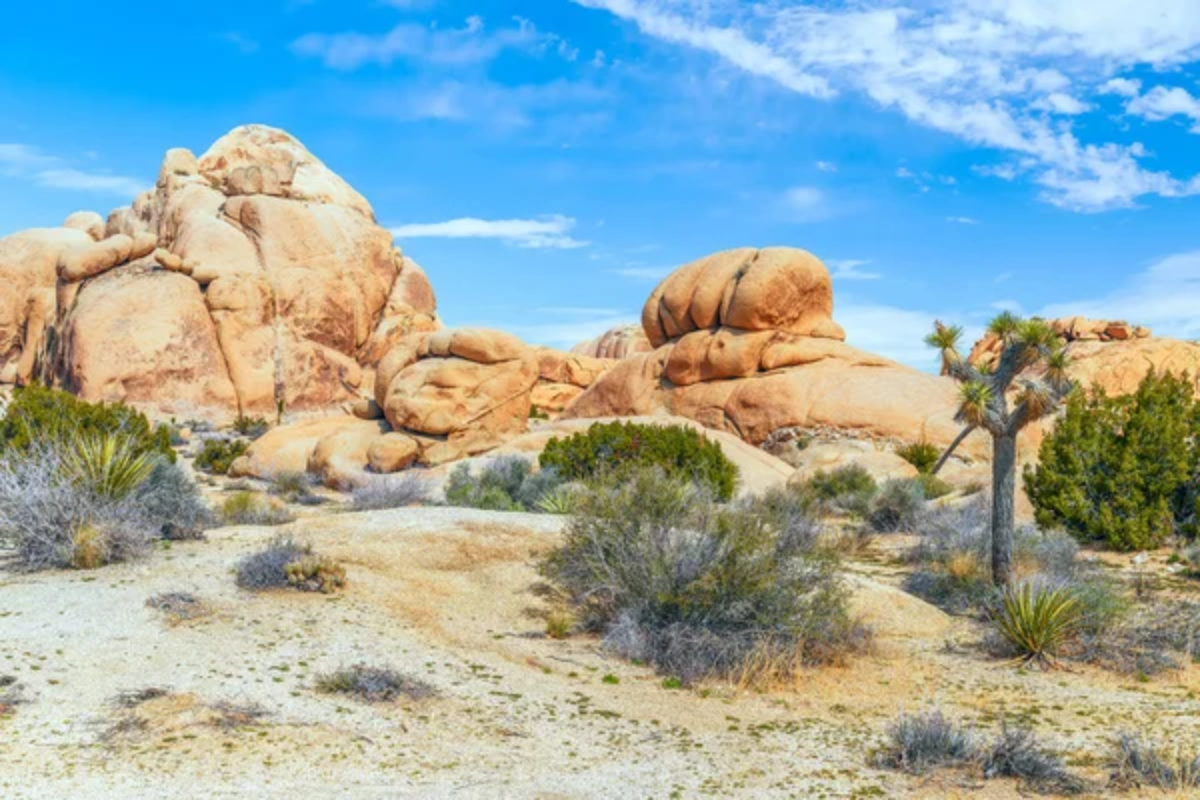
The Mojave Desert offers nature’s version of minimalism through a reduced color palette, simplified forms, and vast negative space. Joshua Tree’s distinctive yucca plants create sculptural silhouettes against cloudless skies, while smooth boulders resemble deliberately placed design elements.
The desert’s extreme climate has eliminated excess, leaving only what can survive—perhaps the ultimate expression of form following function. Architects and designers regularly visit this landscape, seeking inspiration in how the environment has edited itself down to essentials through millennia of natural selection.
Sunrise and sunset transform the minimal landscape through dramatic shifts in color and shadow.
Therme Vals

Carved into a Swiss mountainside, Peter Zumthor’s thermal baths use locally quarried quartzite to create spaces that feel simultaneously ancient and contemporary. Light filters through narrow slits in the ceiling, creating dramatic shadows across the water’s surface.
The acoustics—carefully engineered to soften echoes—enhance the meditative quality. Water temperature varies between pools, encouraging mindful awareness of subtle sensations. This spa demonstrates how minimalism engages all senses without overwhelming them, creating an immersive experience through carefully reduced elements.
The building’s exterior appears almost as a natural geological formation, blurring distinctions between the constructed and the natural.
Fogo Island Inn

Perched on stilts at the edge of Newfoundland’s rugged coastline, this hotel embraces minimalism while honoring local traditions. The stark white structure creates a dramatic contrast against the wild North Atlantic landscape, yet its interior incorporates handcrafted furniture that celebrates regional craftsmanship.
Floor-to-ceiling windows transform the volatile weather into living art installations—storms, fog, and sunlight become part of the decor. The inn proves that minimalism doesn’t mean coldness; instead, it creates space for an authentic connection to place and culture.
Each room offers unobstructed views across the North Atlantic, allowing nature’s drama to provide constantly changing visual interest.
Like Travel Pug’s content? Follow us on MSN.
Salk Institute
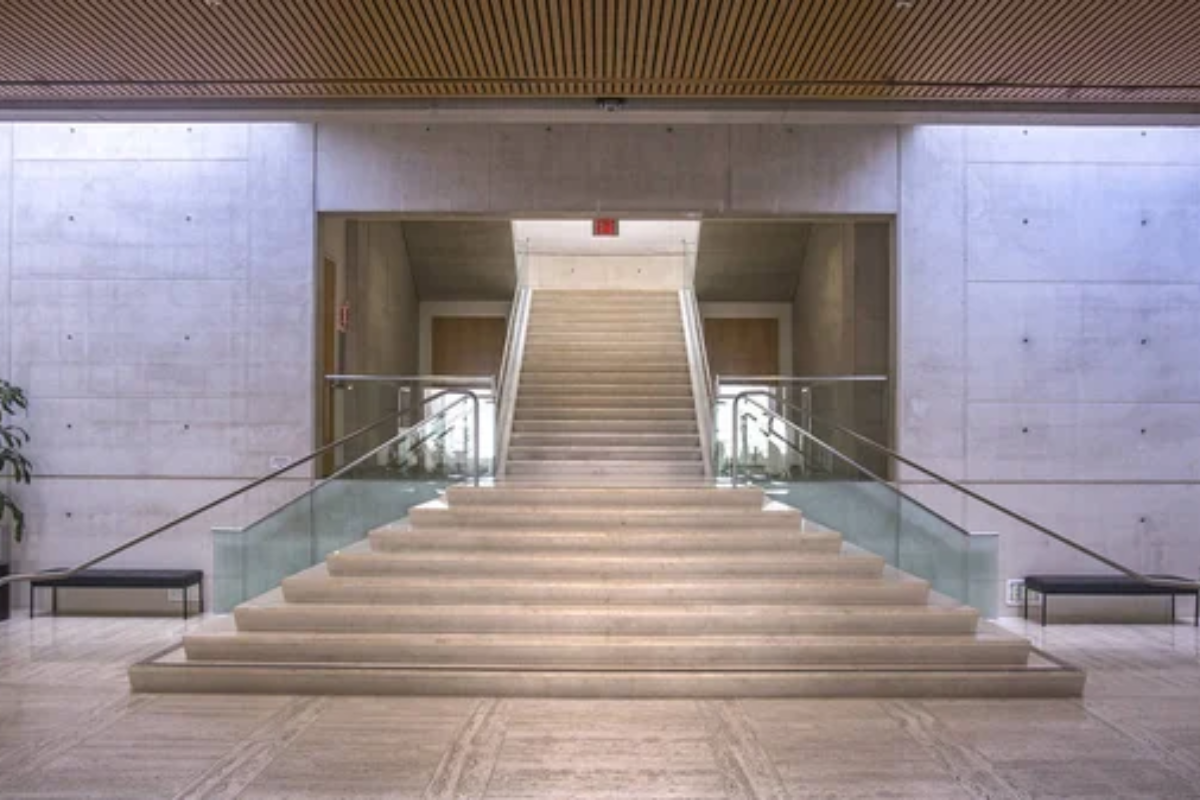
Overlooking the Pacific Ocean in La Jolla, California, Louis Kahn’s brutalist masterpiece channels water toward the horizon in a perfectly framed view. The concrete structure creates a play of shadows that change throughout the day, turning the building itself into a sundial.
Despite its imposing materials, the research facility feels light and contemplative—scientists report feeling intellectually stimulated by the uncluttered environment. The central courtyard’s narrow water channel seems to connect directly to the ocean beyond, creating an optical illusion that merges architecture with natural surroundings.
Visitors often spend hours simply observing how light interacts with the concrete surfaces.
MUJI Hotels

The Japanese retailer has extended its philosophy of ‘no brand, quality goods’ into hospitality with hotels in Tokyo, Beijing, and Shenzhen. Guest rooms feature the same pared-back aesthetic as their household products—everything necessary, nothing superfluous.
The beds sit low to the ground, the lighting is warm yet minimal, and storage solutions disappear into walls. Even the hotel restaurants embrace this approach with simple seasonal dishes served on unadorned ceramic plates.
These hotels offer the opportunity to literally live inside the minimalist philosophy, if only for a night. The entire experience feels like a masterclass in how the elimination of excess creates not deprivation but liberation.
Juvet Landscape Hotel

Norway’s first landscape hotel blends minimalism with environmental sensitivity through a series of cube-like structures scattered among trees. Each cabin features a glass wall that frames a specific view, turning nature into curated art.
The dark exteriors help the buildings recede into the forest, while interiors use simple wood finishes to maintain focus on the landscape outside. The hotel demonstrates how minimalism facilitates a deeper connection with natural surroundings—by reducing visual distractions indoors; the dramatic Norwegian landscape becomes the main character in each room’s experience.
Lighting design emphasizes this indoor-outdoor relationship with fixtures that adjust automatically to complement natural light conditions.
Like Travel Pug’s content? Follow us on MSN.
Teshima Art Museum
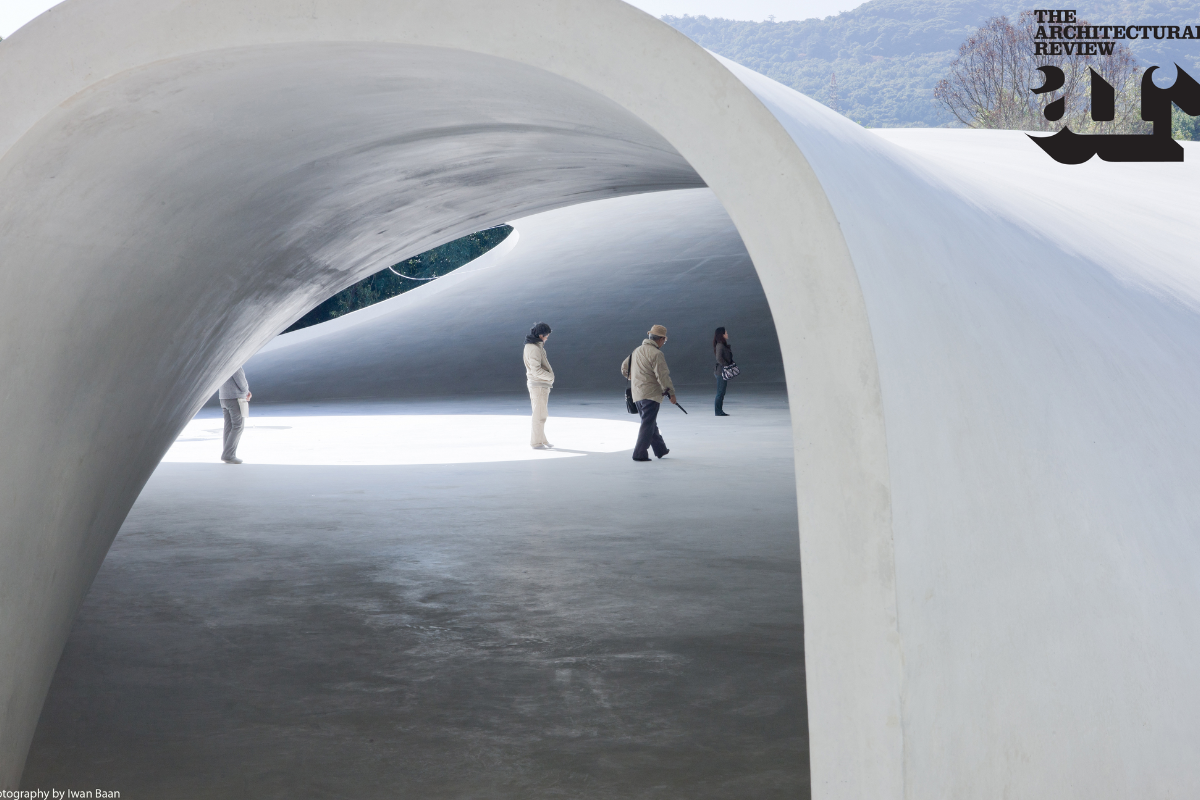
Resembling a water droplet from above, this single-room museum on Japan’s Teshima Island contains just one artwork: a floor where water continuously emerges from tiny springs. The concrete shell has no supporting columns, creating an uninterrupted space where visitors can observe the water’s unpredictable movements.
Skylights allow changing weather conditions to interact with the artwork, making no two visits identical. This space represents minimalism at its most powerful—a single, perfectly executed idea that creates endless fascination through subtle variations.
The museum limits visitor numbers to ensure contemplative viewing conditions that honor the installation’s quiet power.
The Long Library at Trinity College

While not contemporary, this Dublin landmark demonstrates minimalism’s timeless appeal through its symmetrical organization and focus on a single purpose: knowledge. The barrel-vaulted ceiling draws the eye forward along rows of identical dark wood bookcases, creating a vanishing point that suggests infinite potential.
The library’s central pathway provides both physical and visual access to its collection—nothing impedes movement or sight lines. Despite housing thousands of books, the space never feels cluttered because of its rigorous organizational principles.
The library stands as evidence that minimalist principles predated modern movement, appearing wherever function demanded clarity.
Amangiri Resort
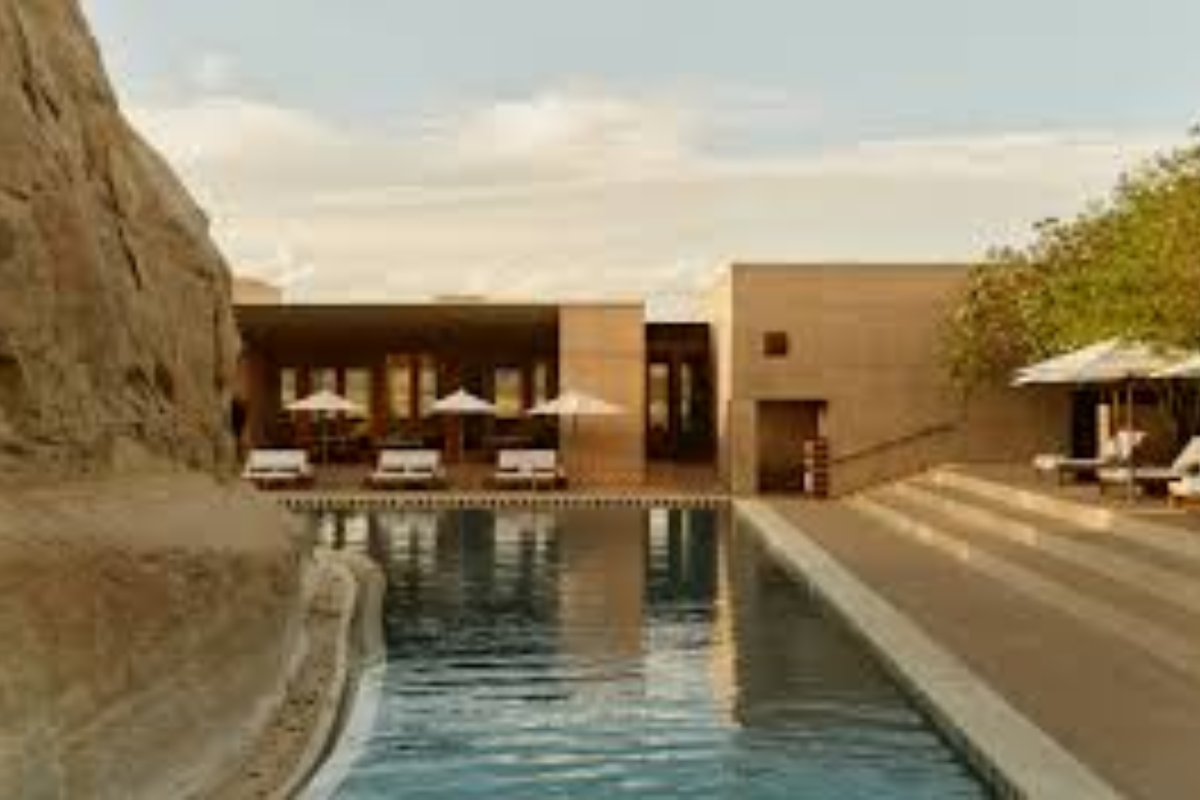
Tucked into Utah’s desert landscape, this luxury resort appears almost camouflaged against the surrounding sandstone. The concrete structures echo the stratified rock formations while swimming pools wrap around natural boulders, blurring boundaries between built and natural environments.
Guest suites feature uninterrupted views through floor-to-ceiling windows, with minimal furniture positioned to frame these vistas. The resort’s color palette—drawn directly from the surrounding desert—creates a seamless transition between indoors and outdoors, demonstrating how minimalism creates harmony rather than contrast.
Even the property’s extensive spa facilities maintain this restrained approach, focusing attention on the body’s sensations rather than elaborate surroundings.
Like Travel Pug’s content? Follow us on MSN.
Fondation Louis Vuitton
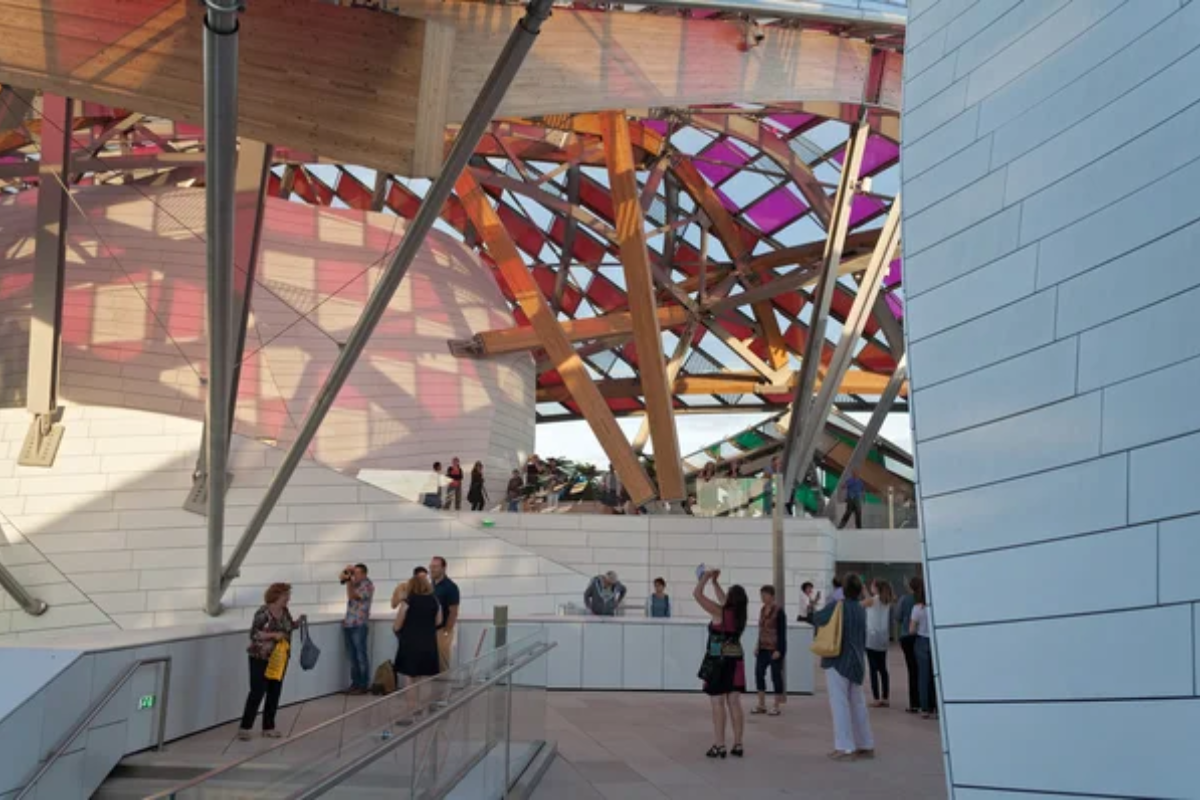
Frank Gehry’s Paris Museum might seem an unlikely minimalist destination given its complex exterior, but the interior gallery spaces achieve remarkable restraint. White walls, perfectly calibrated lighting, and floating staircases create an environment where art takes precedence over architecture.
The building demonstrates that minimalism exists on a spectrum—spaces can employ reduction and restraint even within expressive outer forms. The contrast between exterior complexity and interior simplicity creates a particularly effective experience as visitors move from dynamic, visually rich approaches into calm, focused viewing environments.
This transition heightens awareness of how space affects perception, a core concern of minimalist philosophy.
The Essence of Intentional Spaces

These destinations reveal that minimalism isn’t about emptiness but intentionality—creating environments where each element serves a purpose and nothing distracts from essential experiences. Whether architectural masterpieces or natural wonders, these places demonstrate how reduction often leads to deeper appreciation.
Their appeal transcends trend, suggesting that our attraction to minimalism reflects something fundamental about human perception—perhaps our cognitive need for order amid complexity or our capacity to find profound meaning in the perfectly essential.
More from Travel Pug

- Cities Growing so Fast You Won’t Recognize Them in 10 Years
- 13 Destinations Where Tourists Regularly Regret Their Trip
- 20 Obscure WWII Sites Even History Buffs Don’t Know About
- 10 Under-the-Radar Mountain Towns That Are Both Affordable and Beautiful
- 20 Abandoned Places That Feel Like Real-Life Post-Apocalyptic Movie Sets
Like Travel Pug’s content? Follow us on MSN.
